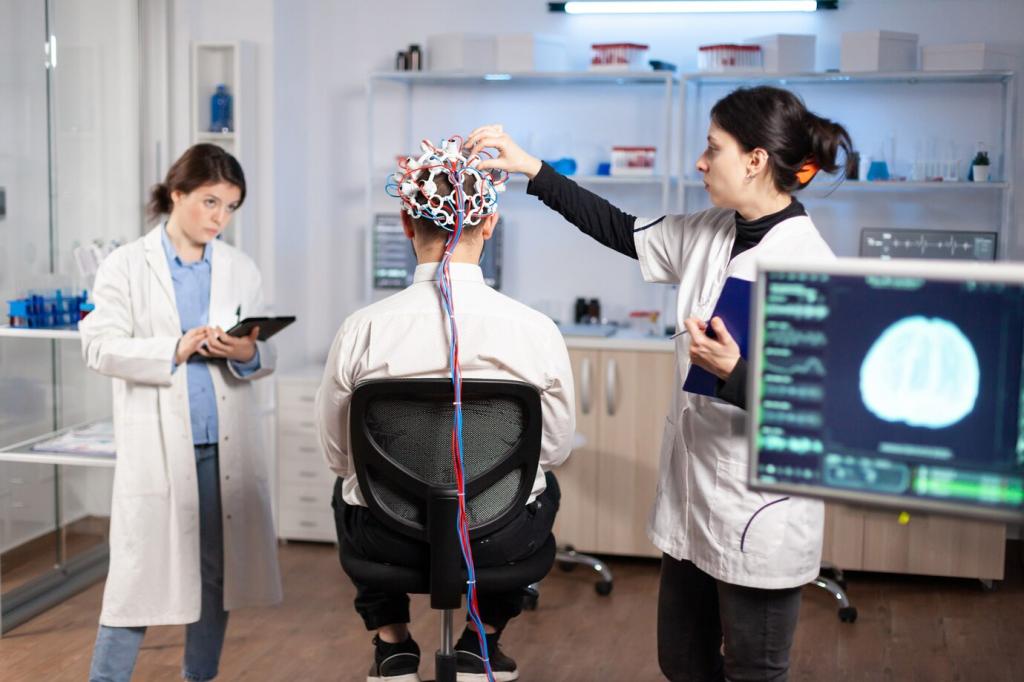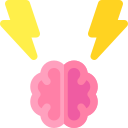The Role of AI in Mental Health Interventions: Compassion, Evidence, and Human Connection
Chosen theme: The Role of AI in Mental Health Interventions. Explore how intelligent tools can extend human care, personalize support, and responsibly scale access—without ever replacing the empathy, expertise, and nuance of clinicians. Subscribe to stay informed and share your perspective.
Understanding What AI Can—and Cannot—Do
AI can triage risk signals, guide CBT-style exercises, surface relevant resources, and track symptoms over time, turning scattered reflections into patterns. These supports help people notice trends earlier, prompting timely action and more productive conversations with their therapists or trusted supporters.

Understanding What AI Can—and Cannot—Do
AI cannot replace clinical judgment, therapeutic alliance, or cultural nuance. Complex risk assessment, diagnosis, trauma processing, and care planning require trained professionals who understand context, values, identity, and evolving life circumstances that extend far beyond text or sensor streams.
Personalization and Precision Support
With consent, AI can combine self-reports, journaling patterns, and contextual signals to suggest personalized exercises and pacing. The goal is not to overwhelm, but to meet you exactly where you are with relevant, achievable steps that respect your boundaries and preferences.

Sensitive data demands encryption, minimal collection, and transparent consent flows. Users should know exactly what is stored, where, for how long, and why. Clear controls for exporting or deleting data bolster trust and support informed, ongoing participation.
Ethics, Safety, and Trust
Clinician Collaboration, Not Replacement
Augmented Assessment
AI can surface charts of mood variability, sleep disruptions, or triggers gleaned from journals, giving clinicians a sharper starting point. This context supports more precise goals, targeted homework, and earlier course corrections during the therapeutic journey.

Lowering Barriers to Entry
AI tools can provide immediate, stigma-free entry points outside clinic hours, especially in regions with therapist shortages. Low-bandwidth modes, offline-first features, and clear language increase accessibility for people facing connectivity, cost, or scheduling constraints.
Multilingual and Culturally Responsive
Language support can broaden reach, but translation alone is insufficient. Content must reflect local metaphors for distress, family roles, and coping practices, developed with community partners so interventions resonate rather than merely transpose words across cultures.
Bridging the Digital Divide
Designing for older devices, simple interfaces, and screen-reader compatibility is essential. Community education, public kiosks, and partnerships with libraries or clinics help ensure that AI-enabled support does not become yet another privilege reserved for the already connected.





Designing for Dignity and Agency
Involving people with lived experience from the start reveals blind spots—tone, pacing, and feature priorities that outsiders miss. This collaboration leads to interventions that feel respectful, practical, and genuinely helpful in the messy realities of daily life.
Designing for Dignity and Agency
Gentle onboarding, content warnings, and easy opt-outs reduce the risk of re-triggering. Visual calm, plain language, and predictable flows help users feel safe, especially when engaging with sensitive material or practicing difficult skills for the first time.
Join the Conversation
What nudges, reflections, or visualizations actually support your wellbeing? Share examples that made a difference, and we will explore why they worked—and how to responsibly build more of them together.


Join the Conversation
What makes you hesitate about AI in mental health? Data use, trust, tone, or escalation? Your questions guide our investigations, interviews, and explainers, ensuring we address the issues that matter most to you.
